Stories: On the Farm
Dr. Tyson Raper - Memphis, TN, USA
Enabling Growers to Make On-Farm Decisions — and Build Lasting Legacies — Grounded in Science
Every cotton-growing state in the U.S. has a cotton extension specialist. This research and outreach professional is dedicated to advancing the science of cotton agriculture and translating it into guidance that growers use to increase their productivity and sustainability. In Tennessee, that specialist is Dr. Tyson Raper.
Raper supports general agriculture extension agents in 95 counties through the University of Tennessee Extension network. “Cotton is part of my family history,” says Raper, whose grandparents on both sides of the family grew cotton. “Now, my job is to be the backstop for anyone in the state needing help related to this crop. I lead a team doing applied research that is important to Tennessee growers, and I develop resources they use to get answers. I support the agents in their work and interact directly with farmers, too.”

“Growers make decisions based on data that comes from research like ours,” Raper says. While his research often covers management practices related to precision agriculture, tillage, pest control and nutrient management, testing new cotton varieties is the “main thrust” of his work.
“Across these topics, my work really comes down to helping growers do the best they can with what they have in terms of resources,” Raper says. “These growers have a legacy. They want to hand off the ground to the next generation, so we do our best to help them reach their goals.”
Cotton Variety Trials Designed to Benefit Growers
Twenty years ago, a single cotton variety might be on the market for a decade. Growers had ample time to learn about it before selecting it, and then time to try different management practices with it.
“Now, a variety might be on the market only a few years,” Raper says. “Choosing varieties is a big challenge for our growers. The #1 reason growers interact with extension agents is about variety testing information.”

Why is the variety so important to growers? “There’s a ripple effect,” Raper explains. “The choice of cotton variety affects seeding rate, placement, and proper rates and timing for inputs. If you’re too aggressive or not enough on those inputs, it can negatively impact yield.” Raper’s work demonstrates which varieties work best in different areas of Tennessee, under different growing conditions, and using different management practices. “When growers need to decide what varieties they’ll plant the next year, they have information that was generated practically in their backyards.”
This data not only guides growers’ initial decisions about which varieties to plant, but also many specific management decisions they make throughout the planting, growing and harvesting seasons. Robust data enables them to use inputs efficiently and effectively — which is beneficial to their operating budgets and the environment.
The UT Micro Gin and Fiber Quality
The University of Tennessee operates one of only a handful of micro gins — a scaled-down version of a commercial gin — in the United States. “Picked cotton has seeds in it, so you don’t know the measure of value of your cotton lint until you de-seed and classify it,” Raper says. “We take subsamples from our variety trials, run them through the micro gin, get turnout data, and have the samples classed.”
The micro gin enables Raper’s team to better understand fiber quality characteristics for different varieties. “This leads to higher quality varieties, increased fiber length, etc. Ultimately, that helps brands get the product they want.”
“We have extreme confidence in the fiber quality data,” Raper adds. “We run a lot of samples for other universities, since micro gins aren’t common. We’re very proud of this capability.”
A Variety of Other Research Efforts
Raper’s research also covers many other topics important to Tennessee growers. For example, he is part of ongoing projects around precision agriculture, such as remote detection of nutrient stress and variable rate application of inputs. “We’re improving opportunities to make sure we only apply products when and where we absolutely need it,” Raper says.
Partners for this work include the USDA Natural Resources Conservation Service and Cotton Incorporated.
While local variety trial data is critical for growers, many of these additional research efforts cover multiple cotton-growing states. “This work is extremely collaborative, not siloed,” Raper says. “I might work on something with soil scientists from Texas and entomologists from North Carolina.” (For examples of this kind of work, read about Katie Lewis and Sally Taylor.)

Raper’s most important partners, though, are the growers themselves. “They’re always trying to figure out what to do to make the best use of their land.” He cites a recent example of a grower eager to optimize tillage practices in West Tennessee. This grower has invested 175 acres of his farm for research on the effects of tillage practices on soil compaction — which in turn affects the use efficiency of land, water and nutrients. “In a dry autumn, we’ve seen good results with no-till,” Raper says. “But after wet autumns, data suggests we need to till to address soil compaction.” While no-till is generally accepted as a sustainable practice, this research will demonstrate whether some circumstances call for strategic tilling to catalyze economic and environmental benefits.
Science for Sustainability and Efficiency
“While every state doesn’t have a micro gin, every state has a cotton specialist like me,” Raper says. “Nearly every cotton grower in the U.S. is very aware that the information they’re getting, whether from agents or agriculture retailers, is backed by a team of scientists like mine.”
“Everything we do is to help farmers increase productivity and efficiency, in sustainable manner,” Raper says. “Here in Tennessee, and across the Cotton Belt.”

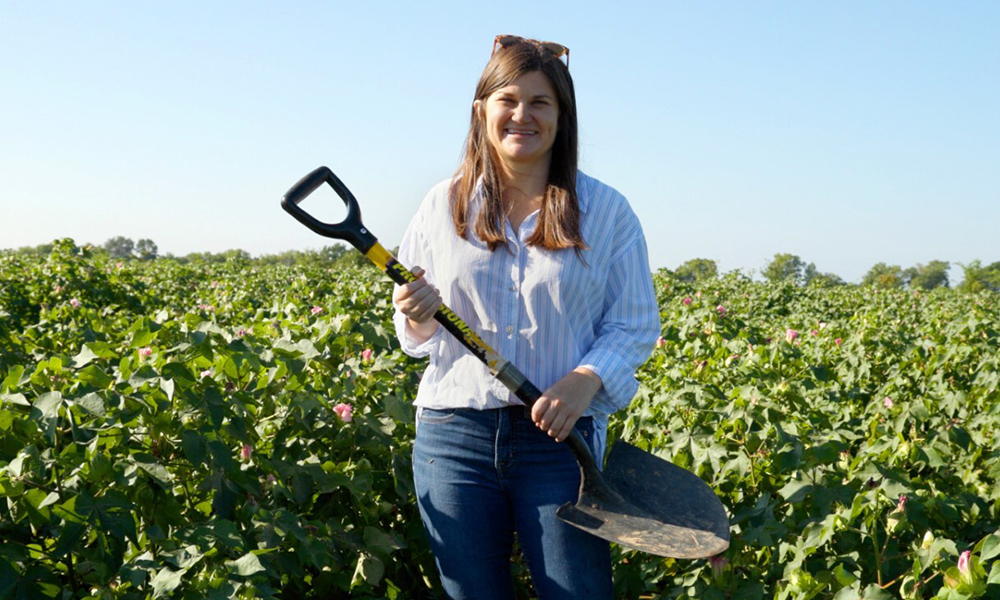
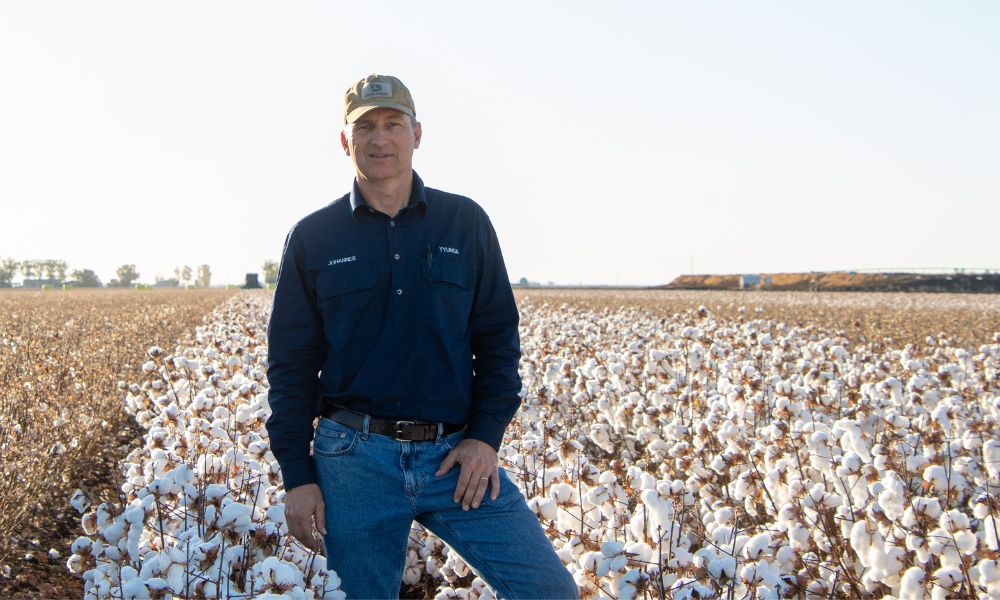
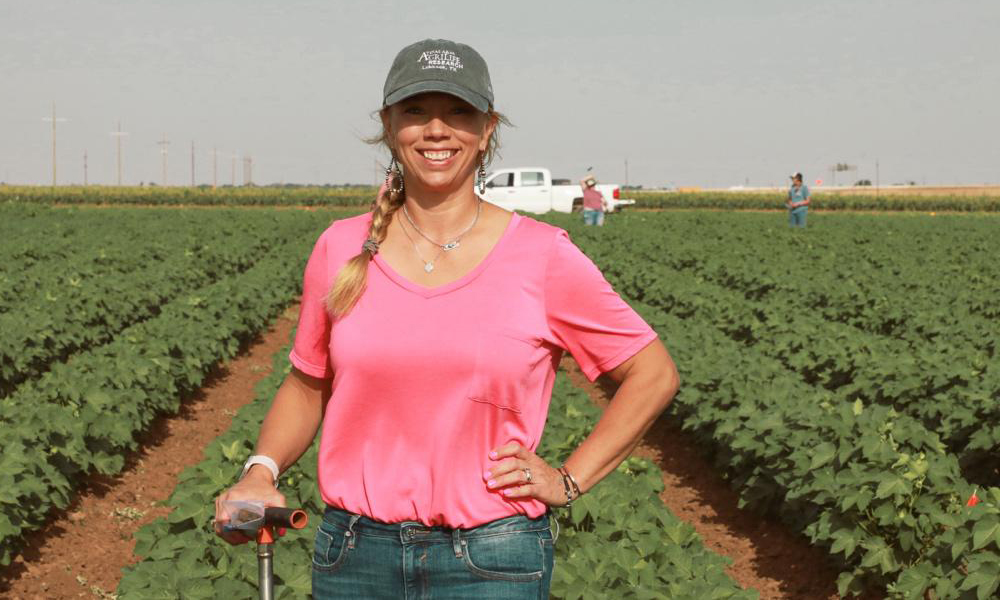


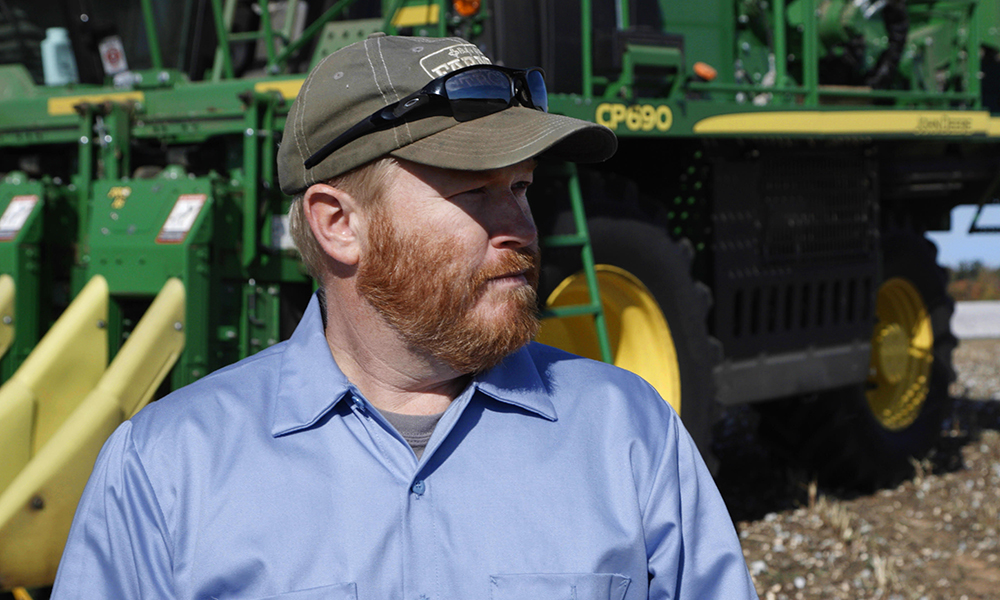
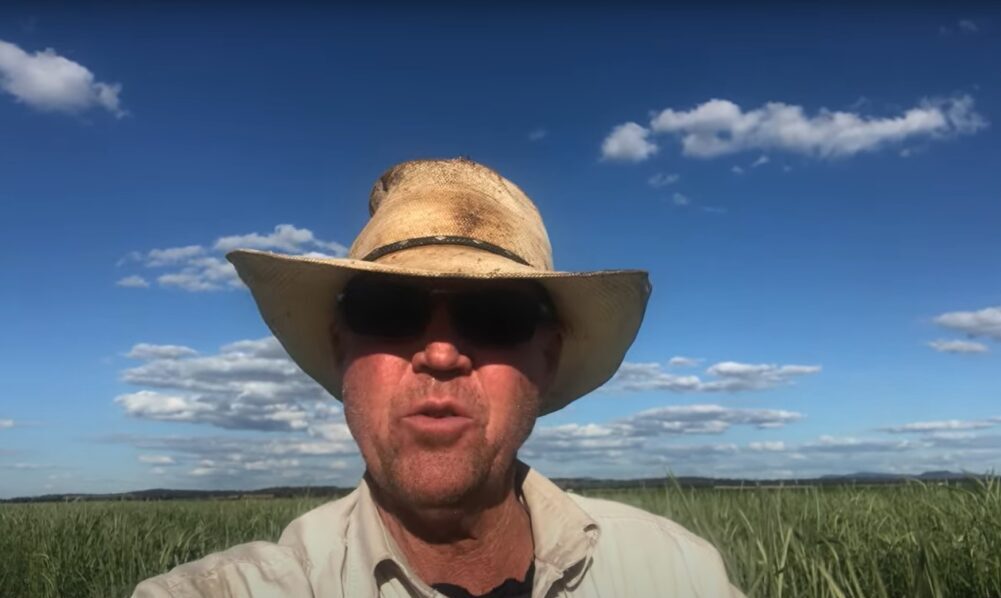
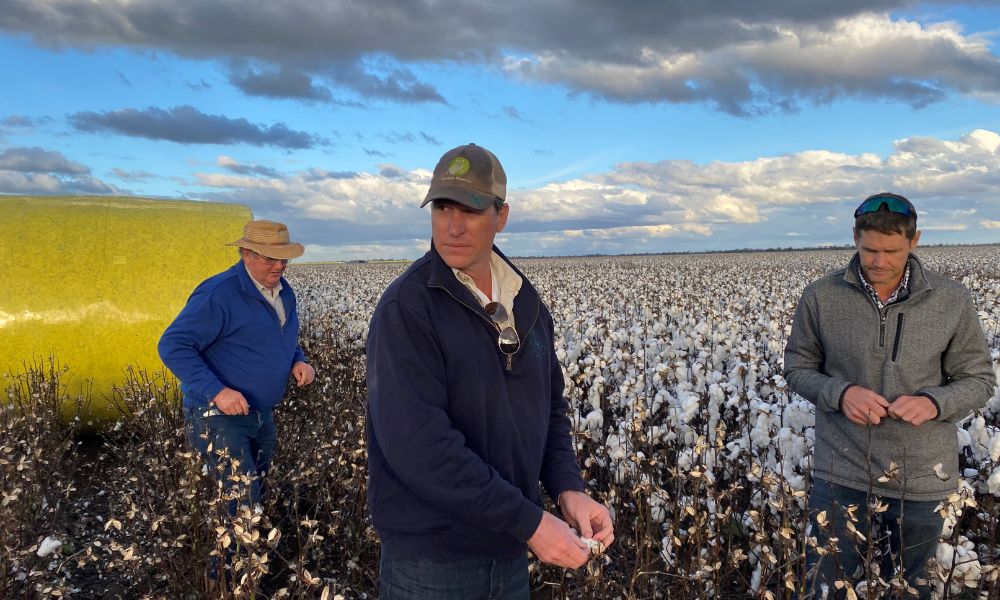

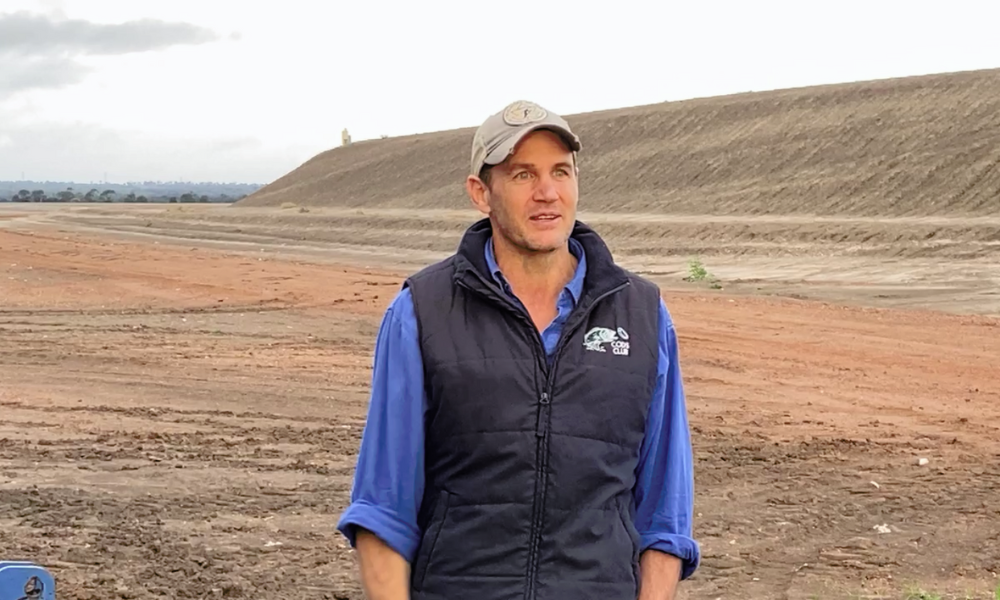
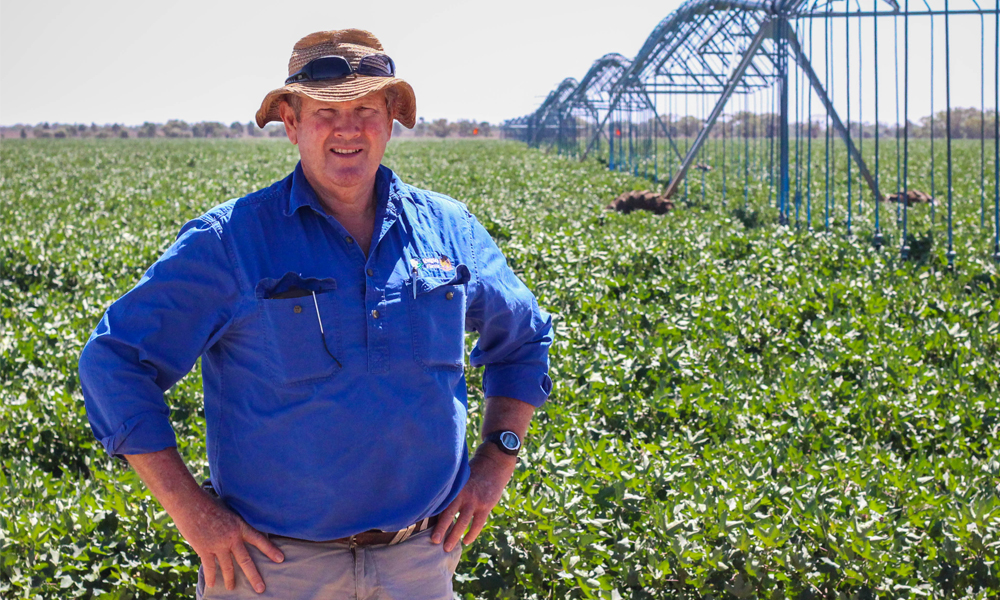
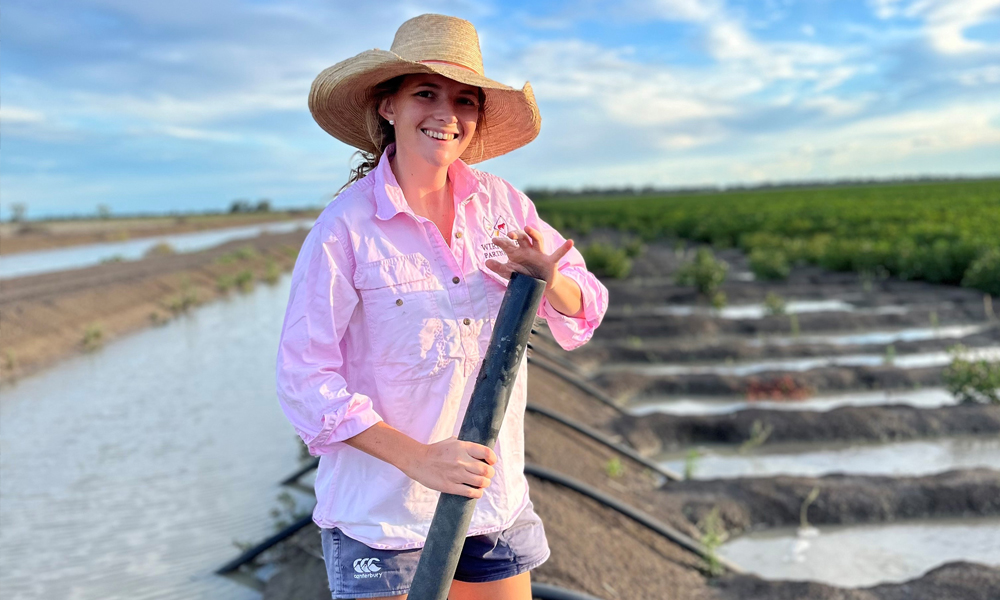

Recent Comments